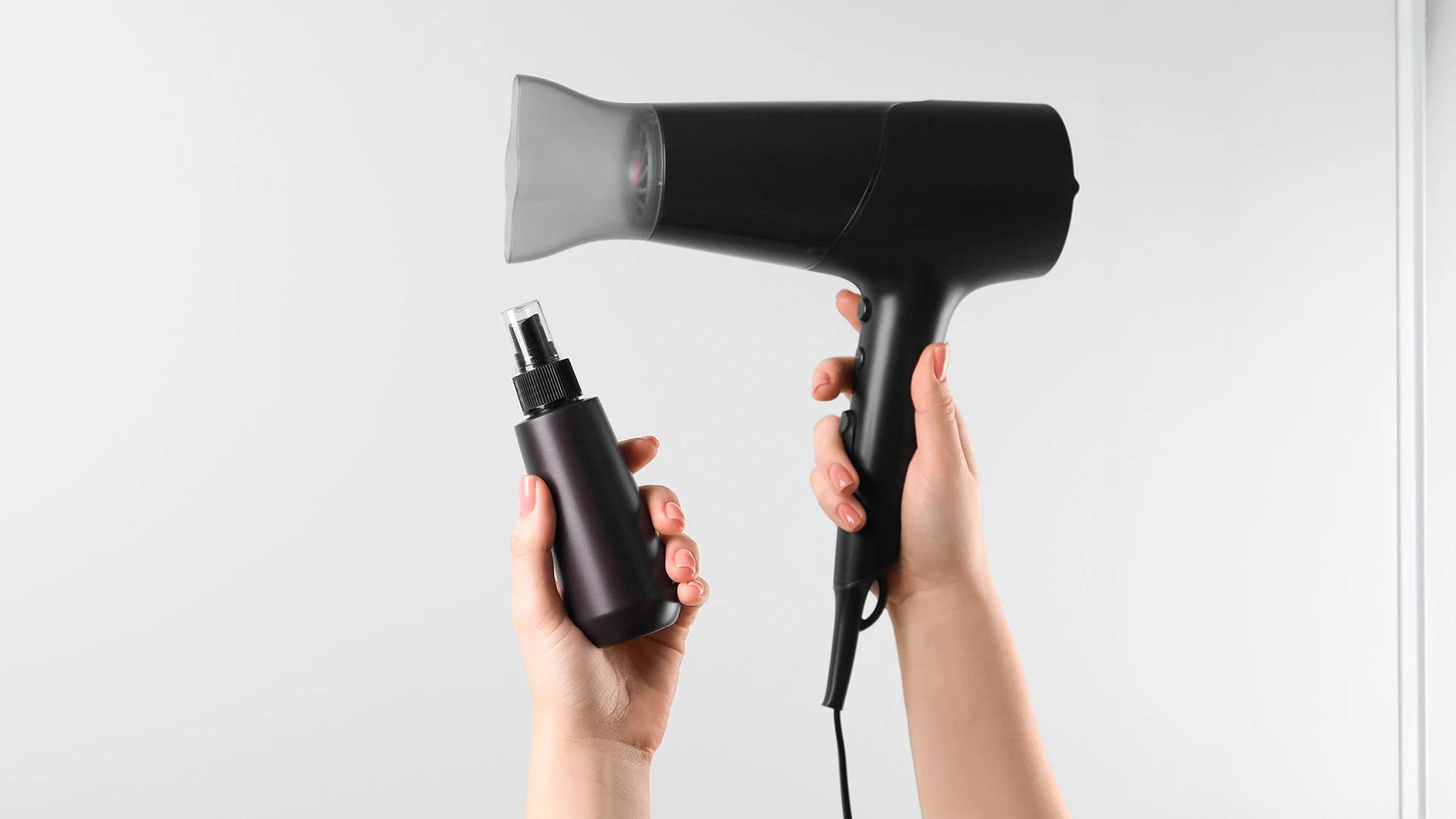Your bob can adapt to any situation with the right styling approach. For everyday casual looks, embrace that lived-in texture with a bit of texturising spray and finger-combing. Professional settings call for sleeker finishes – use your flat iron and a smoothing serum for polish.
Special events deserve something extra. Try pinning one side back with elegant clips, or create soft waves for a romantic touch. The key is working with your bob's natural shape rather than fighting against it.
Troubleshooting Common Bob Styling Issues
Frizz and flyaways are the arch-nemesis of a perfect bob. Combat them with anti-humidity products and always use a heat protectant. If you've got stubborn cowlicks, blow-dry them in the opposite direction first, then style as normal.
Fine or thin hair can look limp in a bob, but the right products and techniques can create amazing volume. Use lightweight mousses, dry your hair with your head upside down, and consider adding subtle layers for movement.
Expert Salon Techniques
Professional stylists have tricks that can transform your bob game. They often use tension whilst blow-drying to create sleek finishes and know exactly which products work for different hair textures. Many salons also offer treatments that make daily styling easier – from smoothing treatments to colour techniques that add depth and dimension to your bob.
Salon techniques like point-cutting can add texture without bulk, whilst razoring creates softer, more natural-looking layers. These methods require skill and experience, which is why investing in a good stylist for your initial cut and regular trims is worth every penny.
Frequently Asked Questions
How often should I trim my bob cut?
Every 6-8 weeks is ideal to maintain the shape and prevent split ends. Bobs show growth more than longer styles, so regular trims keep it looking fresh.
Can I style a bob cut if I have curly hair?
Absolutely! Curly bobs look gorgeous. Work with your natural texture using curl-defining products and avoid over-brushing to prevent frizz.
What's the difference between a bob and a lob?
A lob (long bob) typically falls between the shoulders and collarbone, whilst a traditional bob sits around chin-length. Both are versatile but offer different styling options.
How can I add volume to my fine-haired bob?
Use volumising mousse on damp hair, blow-dry with a round brush lifting at the roots, and consider subtle layers to create the illusion of thickness.
Are bob cuts suitable for all hair textures?
Yes, but the styling approach varies. Straight hair shows the cut's precision, wavy hair adds natural movement, and curly hair creates beautiful volume and texture.
Final Thoughts
Mastering your bob cut is all about understanding your hair's unique needs and having the right tools and products in your corner. Whether you're going for sleek sophistication or tousled texture, the key is practice and patience. Remember that every hair texture and face shape has a bob style that works – it's just about finding your perfect match and learning the techniques that bring out its best. Your bob journey might take some experimenting, but once you find your groove, you'll have a versatile, chic style that works for any occasion.

 1 unit
1 unit 1 unit
1 unit 1 Unit
1 Unit 1 unit
1 unit